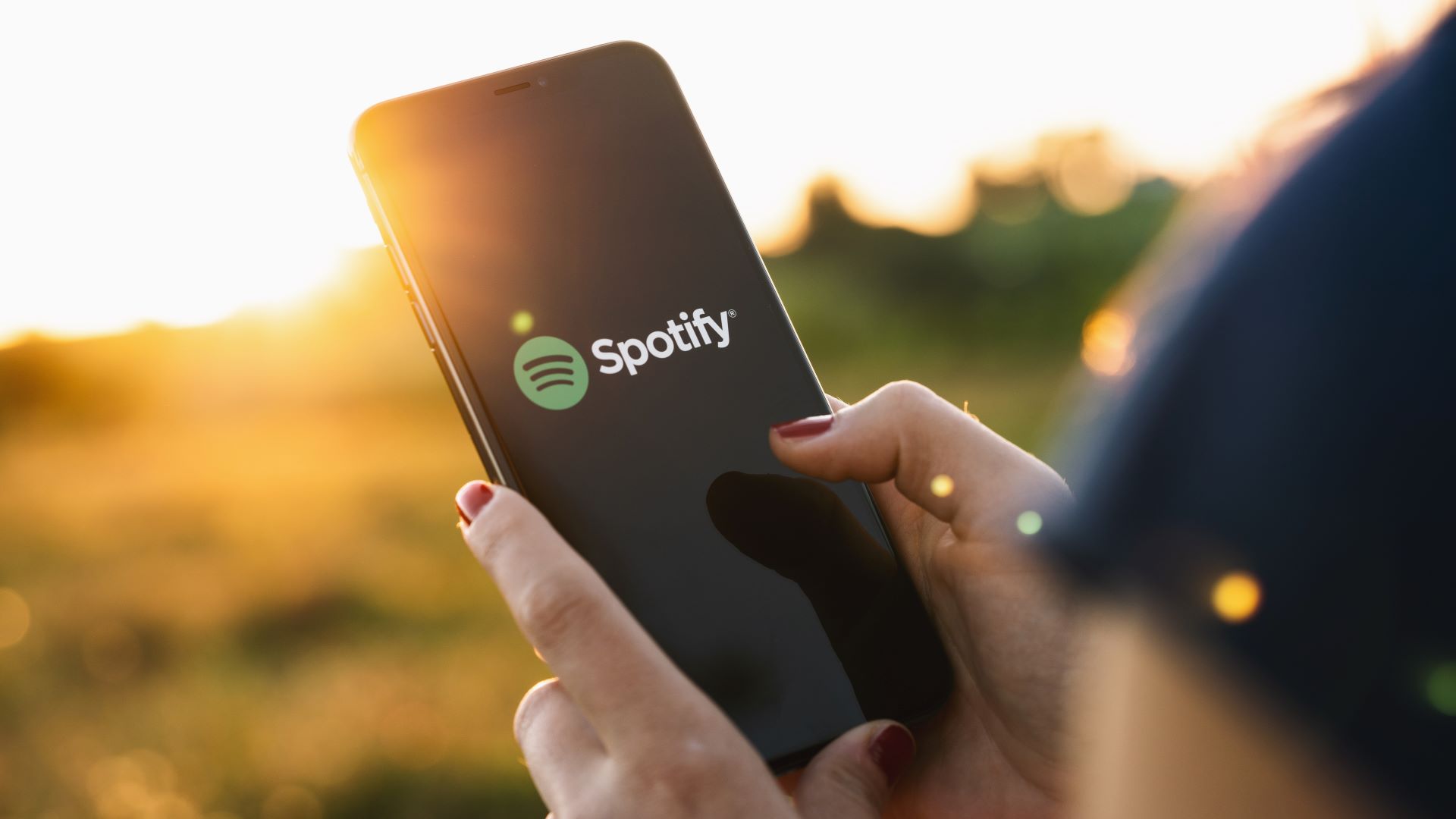Spotify is ‘ready to raise prices’ – cancel it and check out these alternatives
A pricier Spotify? No thank you

Spotify chief executive Daniel Ek said the company wants to raise monthly subscription prices for its streaming service, but is currently waiting on agreements with major record labels before moving ahead with the price hikes.
That news comes via Billboard, which was reporting on Spotify’s Tuesday morning conference call where first quarter earnings were discussed.
Ek had previously said a US price increase "is one of the things that we would like to do" in the company’s October 2022 earnings call, so the news doesn’t exactly come as a surprise. But it’s the first time the Spotify head has spoken plainly of plans to make the price hike happen, with music industry stakeholders being the only remaining barrier to a more expensive Spotify.
At present, Spotify is the least expensive option among the best music streaming services, a group that also includes Apple Music, Amazon Music Unlimited, and Tidal. Pricing for its $9.99 per month individual plan has held steady even as other music streamers have hiked costs, the most recent being Amazon, which raised prices from $9.99 / £9.99 to $10.99 / £10.99 per month for its individual plan.
Although one would reasonably expect Spotify to follow suit given the competition, there are reasons that make the service a bad value even at its current price. The main one is the company’s continued use of lossy compression for streaming, a technical shortcoming that places serious limitations on audio quality. In contrast, Spotiify’s main competitors all provide Lossless CD-quality streaming, and each also offers tracks and albums in High-Res and Spatial Audio formats.
Another key problem with Spotify is its recent switch to a Tik-Tok style user interface with a vertical-scroll feed designed to inundate users with suggested tracks and music videos. The change is not just a radical departure from the previous version of Spotify, but one that seems several steps removed from the service’s core mission of letting users build and browse a digital music library. Granted, music discovery is a feature that’s built into all music service apps, but Spotify’s recent overhaul is decidedly over the top.
A world beyond Spotify
Some Spotify users remain with the service simply because it’s the one they started out with. They have invested time building up album collections and playlists, and they don't think those will easily translate to a different streaming platform. The fact that Spotify is the least expensive major music streaming service at present also doesn’t hurt, although Ek’s comments today indicate that the situation is soon going to change.
What alternative options does a Spotify subscriber who is maybe put off by the company’s interface change, along with the prospect of an imminent price hike, have to look forward to?
Apple Music ($10.99 / £10.99 / AU$12.99 per month) offers a similarly extensive music catalog as Spotify and has great playlists and Apple “radio” channels. The Apple Music app is well designed and easy to navigate, and there’s excellent integration with iOS devices such as the iPhones and iPads, as well as the Apple TV 4K.
One key advantage that Apple Music has over other services, Spotify included, is its extensive and well-presented library of Spatial Audio (aka Dolby Atmos) music tracks, which can be listened to using the best headphones and also the Apple HomePod 2 speaker and the new Sonos Era 300 speaker. Apple also recently made its new Apple Classical app free to subscribers.
Amazon Music Unlimited ($10.99 / £10.99 / AU$10.99) also has an extensive music catalog with both Lossless, High-Res, and Spatial Audio tracks. Amazon Prime members get a discount when subscribing to the service, which knocks the price down to $8.99 per month.
Amazon’s service is well integrated with the company’s Echo wireless speakers and Alexa voice control. It can also be used to stream Spatial Audio tracks to Sonos Era 300 speakers.
Tidal ($9.99 / £9.99 / $11.99 a month for Lossless HiFi tier and $19.99 / £19.99 / AU$23.99 per month for High-Res HiFi Plus tier) was one of the first music streaming services to offer High-Res streaming, and as a result has long been the go-to choice for audiophiles. It has an excellent user interface and deep integration with many third-party hi-fi products such as integrated amplifiers and receivers.
While Tidal’s use of the MQA format for High-Res streaming limited its appeal somewhat beyond the audiophile world (a compatible DAC with MQA support needed to be used to extract the highest resolution files for uncompromised listening), the company recently announced it was adding support for FLAC, a more broad-based format. Whether or not this will help justify the service’s higher cost and boost its subscriber count remains to be seen, but it will certainly allow for more listeners to access High-Res audio on their existing devices.
Get daily insight, inspiration and deals in your inbox
Sign up for breaking news, reviews, opinion, top tech deals, and more.

Al Griffin has been writing about and reviewing A/V tech since the days LaserDiscs roamed the earth, and was previously the editor of Sound & Vision magazine.
When not reviewing the latest and greatest gear or watching movies at home, he can usually be found out and about on a bike.